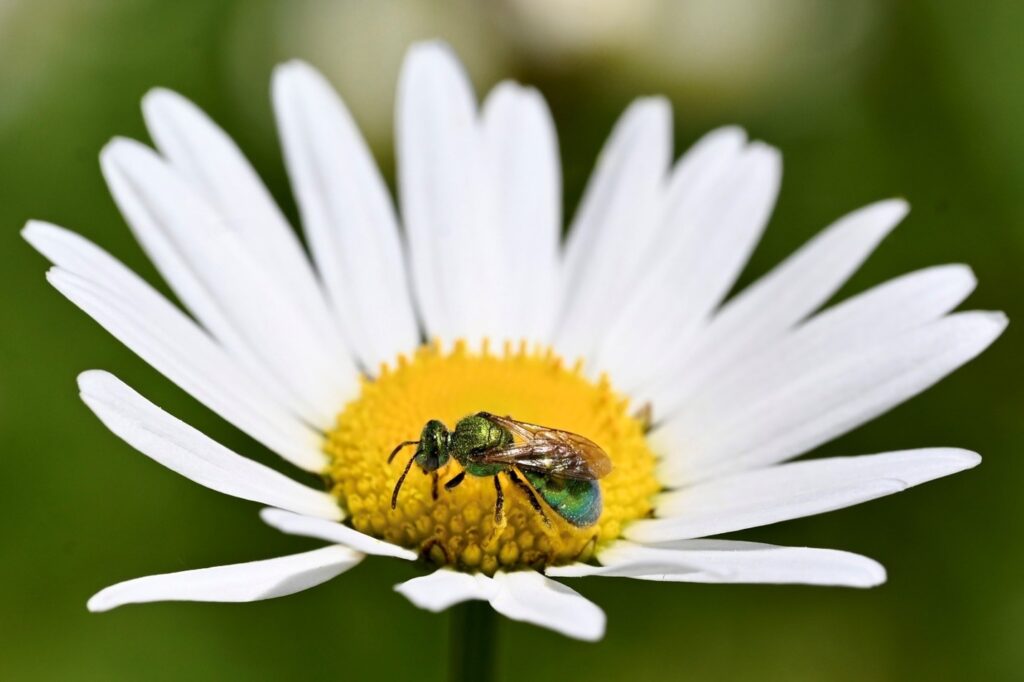
The National Park Service (NPS) is on a mission to learn more about the bees living in its parks, but they want to do it in a way that doesn’t harm these important pollinators. Traditionally, scientists have used survey methods that involve collecting and preserving bees for identification. But as more parks become interested in understanding their local bee populations, the NPS is exploring alternative, non-lethal ways to conduct bee research.
To tackle this challenge, the NPS Inventory Program teamed up with Minute Man National Historical Park and local bee experts. Their goal? To create a new way to inventory bees that reduces the need for lethal sampling. But there’s a big hurdle: Massachusetts alone is home to around 400 species of bees, and there aren’t enough bee experts available to identify bees in every park across the country.
So, how do you get non-experts involved in identifying bees when there are so many species to learn? That’s where our project comes in. Our bee experts worked on grouping the local bee species at Minute Man into categories that non-experts could learn to recognize. Instead of trying to teach people how to identify every single species, we focused on key groups based on traits that are easy to spot, such as color, size, or shape.
We created 9 main categories and 41 subcategories that cover the bees you can find in Minute Man during the spring, summer, and fall. Even though these categories don’t always go down to the species level, they still provide valuable information about the variety of bees in the park.
Once we had our categories and training complete, it was time to put our skills to the test. Armed with insect nets and vials, we began our bee surveys, visiting four areas of the park: North Bridge, Meriam’s Corner, Hartwell Tavern, and the Minute Man Visitor Center. We conducted our surveys weekly or biweekly, collecting data on which bees we found, where they were located, and what flowers they were feeding on.
The data we collected will help Minute Man resource managers better understand the bees living in the park and how to protect them. This project is just the beginning. The National Park Service hopes to use these non-lethal survey methods in parks across the country, helping researchers learn more about bees without harming them. By doing so, we can protect these essential pollinators and their habitats for generations to come.
Written by Christina Martin, Pollinator Inventory Research Scientist and Science Communicator for the NPS Inventory & Monitoring Division. Christina documented bee and butterfly pollinators during the 2024 season at Minute Man National Historical Park. Park managers will use the information she collected to guide the creation of pollinator-friendly mowing schemes in the park.
Image above: Golden sweat bee foraging on a daisy. Images below (left to right, clockwise): Golden northern bumble bee foraging on red clover, mining bee foraging on goldenrod next to an ant, and a dark-veined longhorn bee foraging on sunflower. All images are courtesy of Christina Martin and were taken at Minute Man National Historical Park.
Support the landscapes at Minute Man National Historical Park by donating to our Buttrick Gardens fundraiser. Proceeds support a summer horticultural internship.


